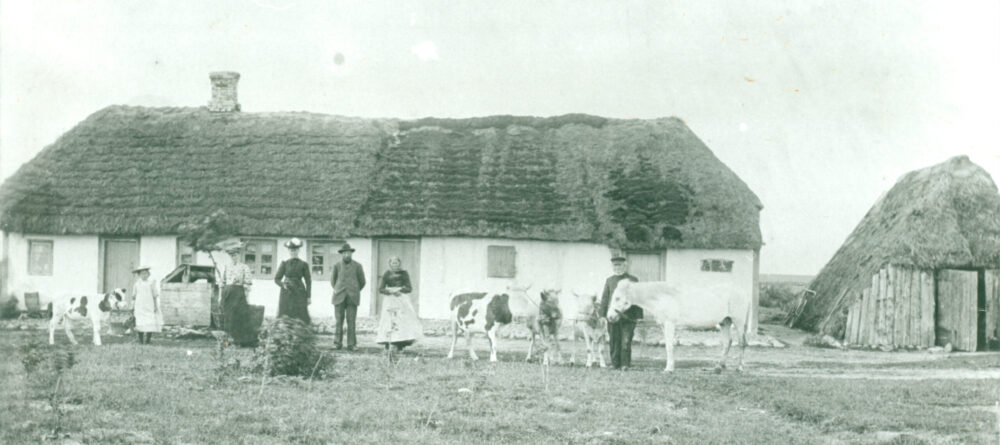Man has throughout the ages witnessed many different disasters. In the Middle Ages, there was the plague that people did not really understand and therefor could not figure out how to treat. And in the beginning of the 20th century the Spanish flu came, although its origins had nothing to do with Spain. It started in Kansas and came to Europe with the soldiers in the “Great War”, which we today call World War I. It cost a lot of lives all over the globe.
Today we now have the covid-19 which also cost many lives. For the time being, however, I myself am not infectet, probably mostly because I live alone and take care of myself and do not mix much with others. I have been tested only once. And that was only because I was admitted for an acute stomach operation. Then it happens automatically. And whether I will ever be vaccinated is a big question. As I usaully say; I do not believe in anything untill I`m sitting on the chair with my sleeve rolled up. I´m not a VIP, closer to just a VUP (very unimportant person). Just an ordinary an deadly poor guy from the lowest working class that no one counts for anything. So I will probably be one of the last in the queue, if they have not stopped stabbing people by that time, in the assumption that we now have mass-immunity.
On November 12-14 1872, another catastrophe occurred here on my own island. Of course, it was a long time before I was born myself. But large parts of Lolland and Falster were flooded, with many dead as a result.
For example, some of my ancestors lived in Vejleby on Lolland. And it was one of those areas that hit hard. However, the oldest of my ancestors in Vejleby had died before that time and several of their children had left the area. The one of their daugthers who was to become my next ancestor had moved to Toreby, which was less badly affected. Some to other places on Lolland and some even all the way to America, where they still have descendants that I have become acquainted with through my genealogy.
Such a storm came with regularly. Some times with more than a hundred year intervals. There had been floods in both 1044, in 1304, in 1320, in 1449, in 1625, in 1694 and in 1760. The one in 1694 was just under 3 meters, all the others over 3 meters. But this one gave a water level of up to 3,6 meters above daily waters, and cost several hundred lives. The final figure has probably never been relvealed. People had to seek refuge in the high-lying places, which, as you maybe know, is not so much on these islands. Lolland and Falster are in every way a low-lying area and very flat. The churches are usually on high places. On the south of Falster, people fled to Gedesby Church to take shelter. And right here, a coffin is stille stored in the attic for a little girl who, however, was never found. She was only 1½ years old.
On Lolland, a law was introduced that people from Rødby could go out to beg. Hence the expression: “Lord God, are you from Rødby”, and then maybe a penny fell off. A law that – by mistake – has probably never been brought back again. So while it may illegal to beg, the people of Rødby may well have this in mind.
A map below shjows how much of Lolland was actually gone:

